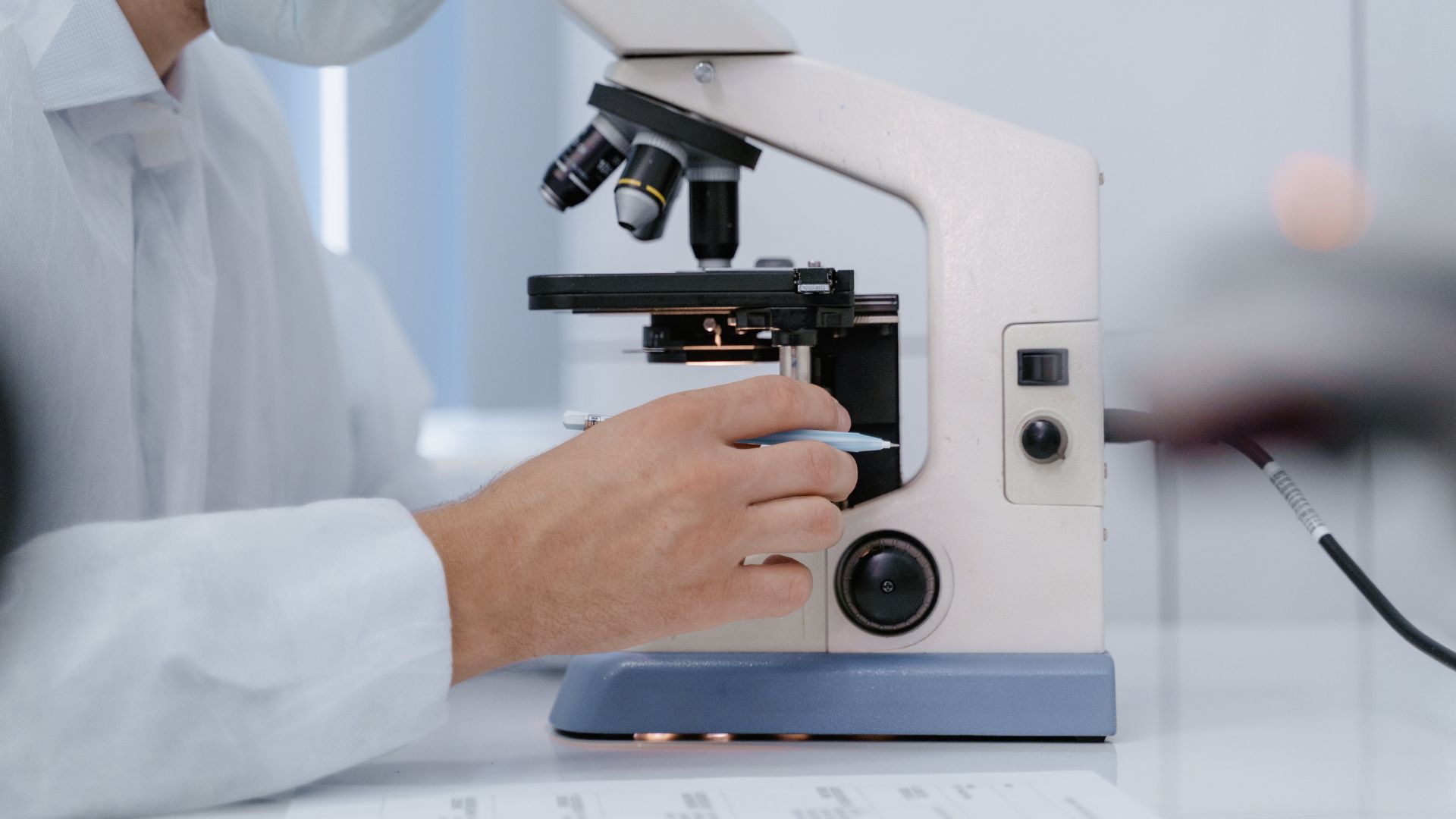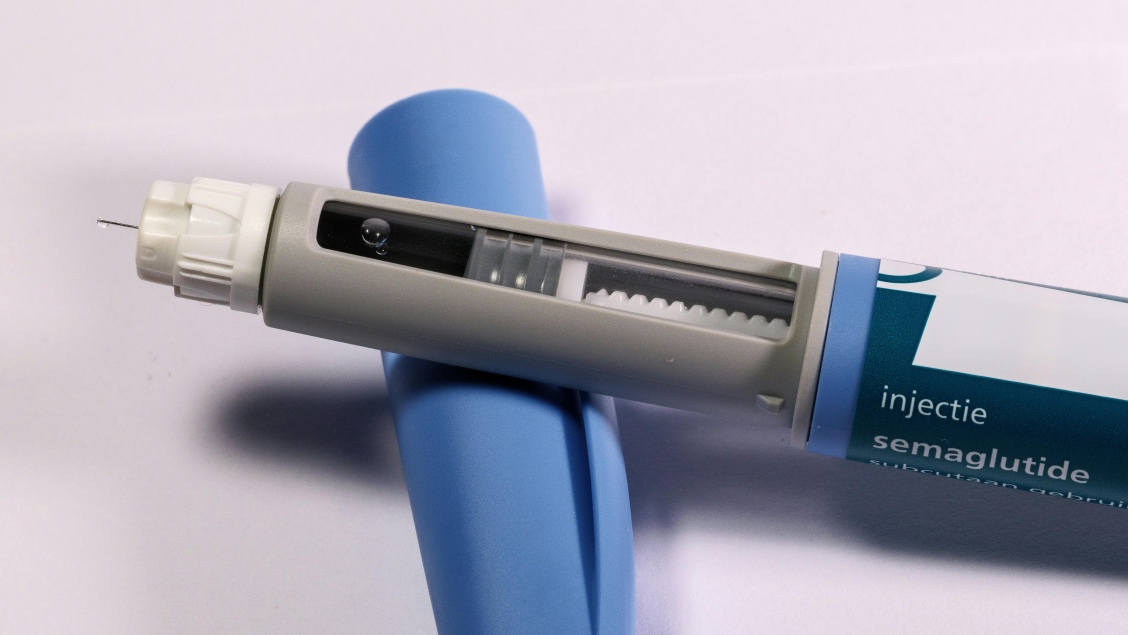
Non-Invasive Test For Early Cervical Cancer Detection
A new urine-based test for early detection of cervical cancer virus proteins shows promise in making cervical cancer screening more accessible and less invasive.
In a study published in the Open Access journal Microorganisms, researchers from Waseda University, in a multi-institution collaboration, investigate whether a super-sensitive test can accurately measure proteins linked to human papillomavirus (HPV). To do this, the researchers tested an ultrasensitive enzyme-linked immunosorbent assay (ELISA) to detect high-risk HPV16 E7 oncoproteins in urine. They hope this approach will help detect cervical cancer from high-risk HPV.
Developing a non-invasive urine test for detecting HPV-related proteins represents a significant advancement in cervical cancer screening. This promising approach could help to increase screening rates and reduce the incidence of cervical cancer worldwide.
Cervical cancer
Cervical cancer is one of the most common cancers in women worldwide, with approximately 660,000 new cases and 350,000 deaths in 2022 alone. Almost all cases of cervical cancer are linked to high-risk HPV infections, a common group of viruses. Persistent infections with high-risk types of HPV cause the majority of cervical cancer cases.
Due to its widespread prevalence, countries worldwide are working on reducing the number of cases of cervical cancer in the coming decades. The World Health Organization (WHO) defines global cervical cancer elimination as reducing the annual number of new cases to four or fewer per 100,000 women. To meet this goal, WHO has established three targets for all countries to achieve by 2030, aiming to pave the way for eventual elimination:
- 90% of girls vaccinated with the HPV vaccine by age 15;
- 70% of women screened with a high-quality test by ages 35 and 45;
- 90% of women with cervical disease receive treatment.
The highest rates of cervical cancer incidence and mortality occur in low- and middle-income countries. These disparities are largely due to limited access to HPV vaccination, cervical screening, and treatment services, compounded by social and economic determinants within these regions.
“Cancer can be prevented by vaccination before it develops and by regular screening. But screening is a big hurdle for young women.” - Professor Etsuro Ito, author on the paper.
In their ongoing efforts to develop and validate the non-invasive HPV urine test, the researchers aim to establish it as a standard tool in the fight against cervical cancer. They envision widespread adoption of this test could save lives by enabling earlier detection and treatment.
Current HPV detection methods
Current screening methods for cervical cancer, such as Pap smears and HPV DNA tests, typically require a visit to a healthcare provider and can be uncomfortable for many women. To address this, the researchers propose an approach to detect HPV proteins in urine. This non-invasive urine test could encourage more women to participate in regular screening.
“Our new urine test can detect HPV16 E7 proteins, which are critical markers of cervical cancer risk, at extremely low levels. This means that women may be able to screen for cervical cancer without the discomfort and inconvenience of a traditional Pap test.” – Professor Ito.
The researchers developed an ultrasensitive ELISA to detect the E7 oncoproteins in urine samples. They collected these from randomly selected women aged 24 to 57 with HPV-positive cervical intraepithelial neoplasia (CIN) lesions. The test successfully identified these oncoproteins in the urine of women at various stages of CIN.
Cervical intraepithelial neoplasia (CIN) refers to changes in the squamous cells that line the outer surface of the cervix. CIN is categorised into three grades based on the depth of abnormal cell penetration into the cervical skin: CIN 1 (low grade), CIN 2 (high grade), and CIN (3 high grade).
Putting the method to the test
Many studies to date have only measured mRNA, not protein. Due to this, researchers have not fully established the relationship between the transcription of the HPV 16 E7 oncogenes and the translation level of E7 protein in HPV infections.
The ability to precisely quantify the amount of E7 oncoproteins in specimens is critical for gaining insight into the development and progression of cervical cancer. The researchers demonstrate how E7 oncoproteins in high-risk HPV16 and its related types can be quantified using an ultrasensitive ELISA with thio-NAD cycling method.
In the study, the ELISA test detected E7 proteins in 80% of women with CIN1, 71% with CIN2, and 38% with CIN3. This suggests that the presence of E7 oncoproteins is more prevalent in lower-grade CIN lesions. These results provide the basis for assessing oncogenic activity by quantifying E7 oncoproteins in patient urine.
“We believe that the E7 oncoprotein is critical in the early stages of HPV-related cervical carcinogenesis and E7 may play a more significant role in the progression of CIN1 and CIN2 than in CIN3.” – Professor Ito.
Future of HPV detection research
This innovative and accessible approach supports global health objectives and aims to reduce cervical cancer rates, particularly in low- and middle-income countries where access to conventional screening methods is limited. With further development and validation, the researchers believe this urine test could become a standard tool in the fight against cervical cancer, facilitating earlier detection and treatment to save lives.
“This new method holds great promise for early detection and prevention of cervical cancer. We are optimistic that further development and validation of this assay will lead to its widespread use in clinical settings.” – Professor Ito.
Future Research
If you’re interested in learning more about this research, you can access the paper published in Microorganisms. If you would like to read more research in this area, please see the Cancers Special Issue “Non-Invasive Early Detection of Cancers”.










